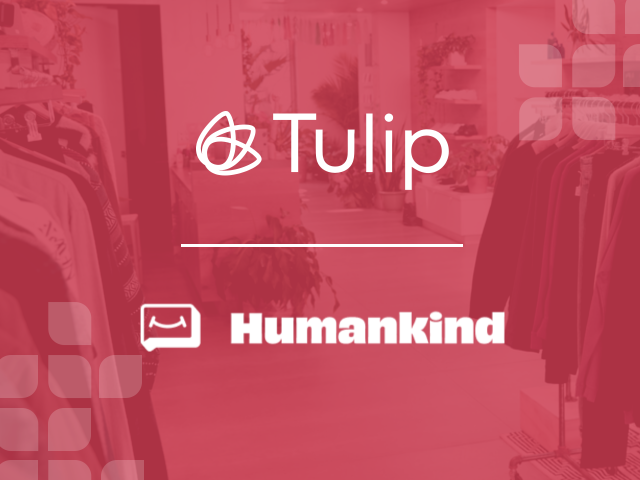How the retail consumer trend is rocking the industry
Returns are a notorious aggravator of the fashion industry. And while retailers are still trying to find ways of combating them, a new opponent has entered the ring— bracketing.
Bracketing isn’t just returning something damaged or a bad gift, it’s systematically making returns enmasse.
The practice— traditionally seen in ecommerce— includes buying multiple of the same item— typically clothes— in varying sizes and colors, seeing what fits best, and returning the rest. And, it’s more common than you’d think.
A 2022 survey found the number of shoppers who practice bracketing increased 5% in just 12 months. The unprecedented rise of bracketing among today’s shoppers poses new concerns for retailers in a continuously evolving retail landscape.
Here’s what you need to know about bracketing in 2023.
Why consumers love bracketing
According to a 2022 survey by customer-experience platform Narvar, nearly two thirds of shoppers reported bracketing their purchases. And the trend is becoming more and more of the norm with 15% of shoppers saying that bracketing is just how they shop now.
But why? Well, in short, bracketing is really convenient.
Bracketing effectively gives customers the ability to bring the fitting room to their home. Customers can order dozens of items right to their door to try them out at their own pace, compare them with other items they already own, and then just return whatever they don’t want. The convenience and comfort of bracketing makes trips to the store obsolete.
What bracketing is doing to the retail industry
While bracketing may be great for customers, it has catastrophic repercussions for the retail industry.
The practice of over-ordering that we see with bracketing is a reflection of the crisis we see with over-consumption when discussing sustainability. Customers don’t realize that the bulk of the items they return may never see store shelves again.
Instead of reselling returned items, some brands opt to destroy or discard them— both of which have negative environmental impacts. The retail industry, specifically the fashion sector, is responsible for 11.3 million tons of textile waste discarded annually and 10% of global CO2 output. Bracketing only adds more fuel to the fire that is the alarming environmental impact of the fashion industry.
In addition to being destructive for the planet, discarding or destroying returned items is also harmful for the retailer. Not only do returns decrease the revenue retailers make from sales, but they may actually end up costing retailers money from shipping, digital transaction, and even storage fees. Even for retailers that elect to resell returned items, they may never make up the revenue they lose since less than half of returns can actually be resold for the full price.
The takeaway? Returns are bad news all around, and with bracketing dramatically increasing the rate at which returns are being made, the retail industry is about to face a massive chain reaction.
How retailers are evening the score
Combatting bracketing, unfortunately, isn’t a simple one-and-done. Retailers are having to find creative solutions to reduce the rate of returns or eliminate the need to return altogether. For roughly 60% of retailers, this means updating their return policies, and for others it means using tools to help them focus on the relationship.
L.L. Bean has updated their free online return policy in a way that encourages membership from shoppers. Return shipping now costs around $6; however, for shoppers who purchase using an L.L. Bean Mastercard or Bean Bucks— from the brand’s reward program— returns are free.
The bra industry is notorious for inconsistent sizing across brands, so customers may be even more tempted to buy several sizes to see which fits them best. Aerie gets in front of returns by helping customers find the right size— even if they’re shopping online. They give their customers the tools to ensure they order a perfect fit the first time by offering measuring tapes with instructions on how to find the best size without ever leaving their home.
Bath & Body Works has taken a unique approach to returns that keeps a close eye on notorious bracketers. To lessen unnecessary and excessive returns, the brand flags for misuse of their 100% satisfaction guarantee return policy after returns exceed a certain amount.
Bringing it all together
If bracketing continues to gain momentum as it has been over the last few years. It will cause major disruptions to the retail industry as a whole.
Bracketing is not sustainable in the long run.
Going forward, retailers need to find creative ways to discourage their customers from making mass purchases only to return the same items days later. Maintaining proper return and exchange hygiene starts with ensuring customers love their purchase the first time, which can drastically cut the need for bracketing.

